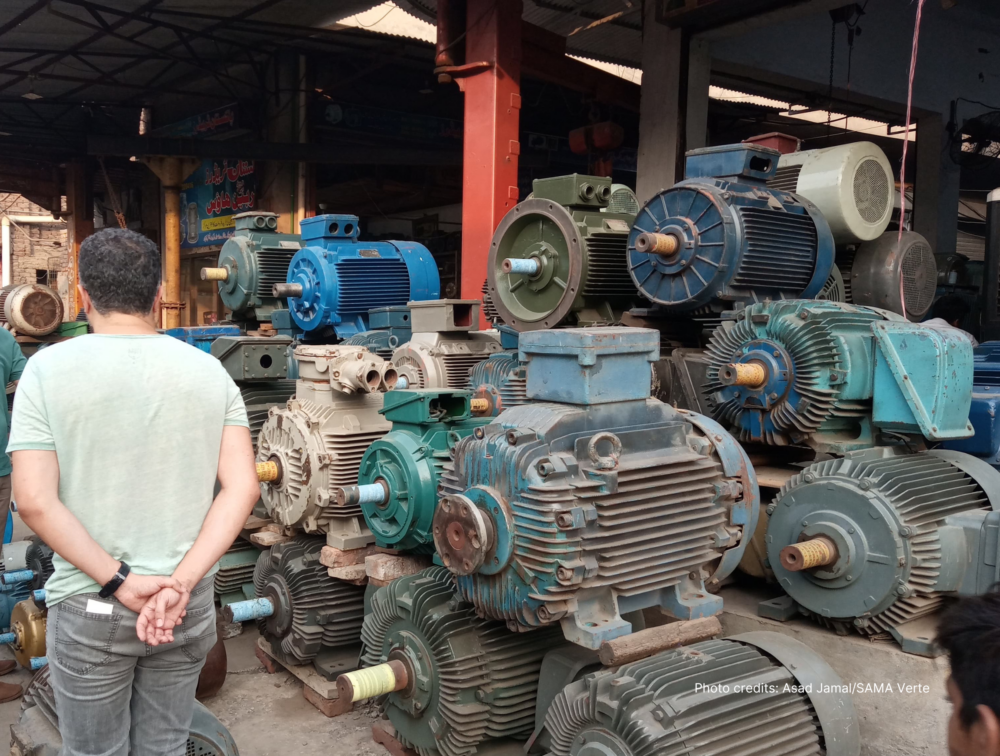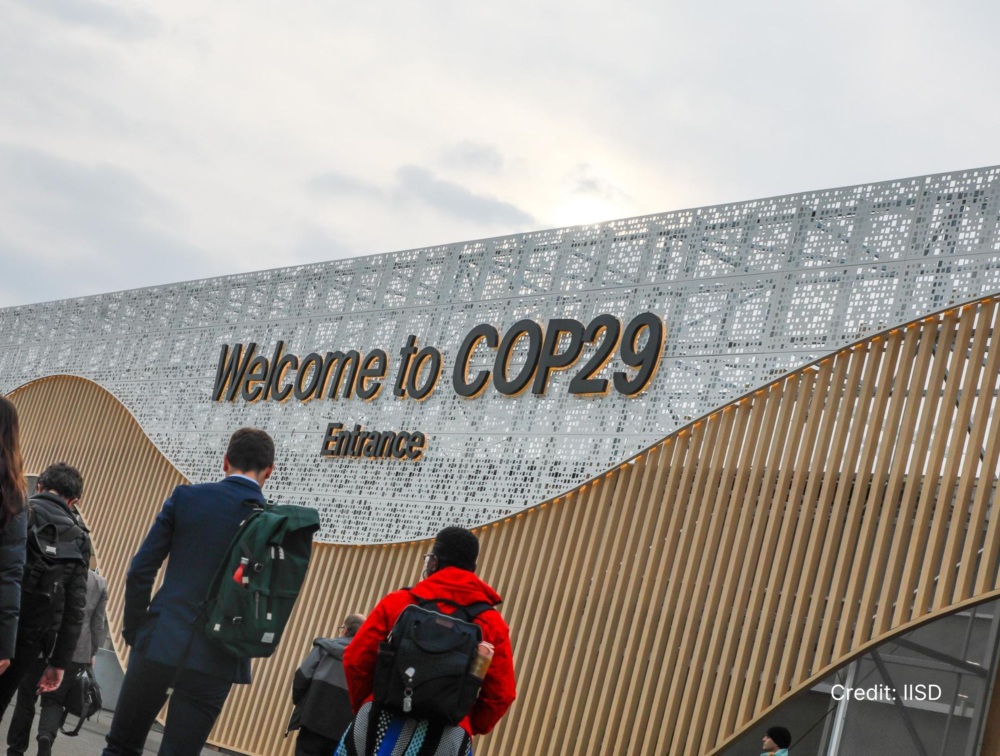Enhancing China’s Energy Goals with New Efficiency Measures
CLASP and the China National Institute of Standardization (CNIS) have collaborated to improve the efficiency of appliances in China to cut 660 megatons (Mt) of CO2 emissions by 2040.
China is advancing its climate goals through enhanced appliance energy efficiency. Since 2022, CLASP and the China National Institute of Standardization (CNIS) have collaborated to improve the efficiency policies for key industrial and household appliances including heat pumps, water chillers, and power transformers. The expected efficiency gains include:
- 15-20% efficiency boost for renewable energy transformers
- 10-15% efficiency improvement for low ambient air-source heat pumps
These policies will be implemented in 2025 and are projected to contribute to a CO2 emission reduction of 660 megatons (Mt) by 2040.

A global efficiency breakthrough for renewables
Power transformers are integral to electricity delivery but tend to be outdated and inefficient. In 2017, global power transformer losses totaled 1,100 terawatt hours (TWh) —equal to Japan’s annual electricity consumption. China’s updated appliance efficiency policies are the first worldwide to specifically include renewable energy transformers, reducing transmission losses and enhancing the efficiency of wind and solar power generation. As the country aims to power 70% of its economy with renewables by 2030, this initiative supports the broader goal of accessible and affordable clean energy.
“These achievements highlight our shared commitment to tackling climate change through energy efficiency. The revised efficiency policies set a significant precedent and showcase the value of international cooperation in advancing appliance efficiency policies,” said Steven Zeng, China Program Director at CLASP.
“We’re pleased to see our collaboration with CLASP lead to the launch of these important policies. This progress aligns with China’s focus on refining energy consumption and improving product standards, driving green transformation in the market,” added Cheng Jianhong, a lead researcher from CNIS.
As the 2025 implementation date approaches, CLASP and CNIS are preparing to monitor the impact of these policies and their implementation. The ongoing partnership will continue to focus on high-emitting products and support China’s sustainability targets.
Related articles
Supporting China’s Path to High-Efficiency Cooling









